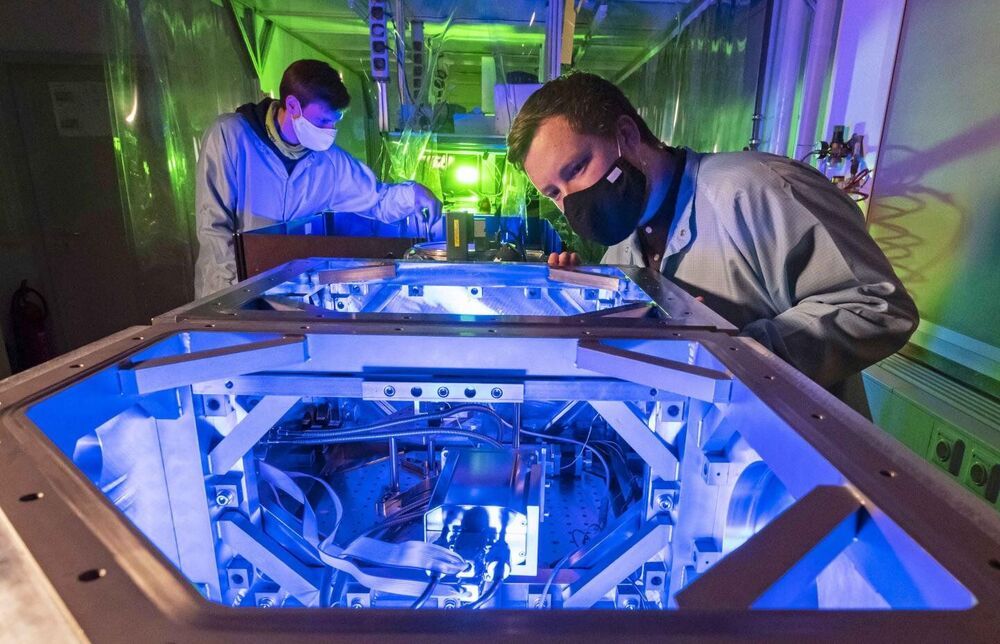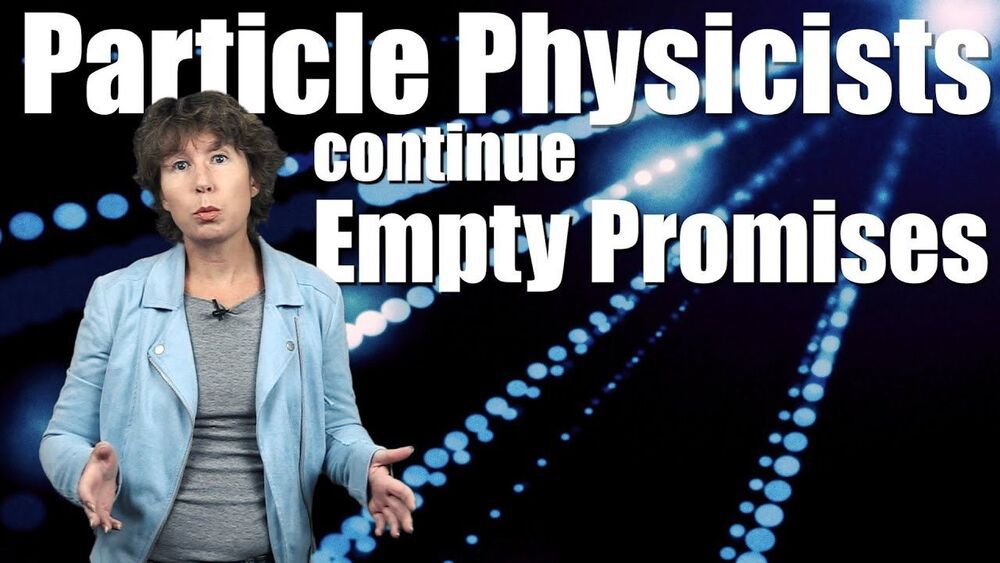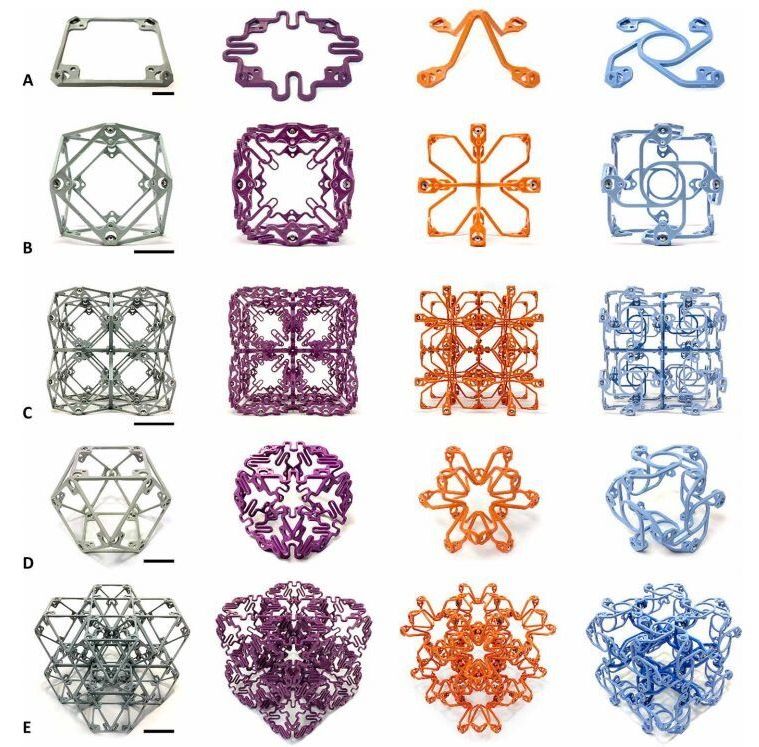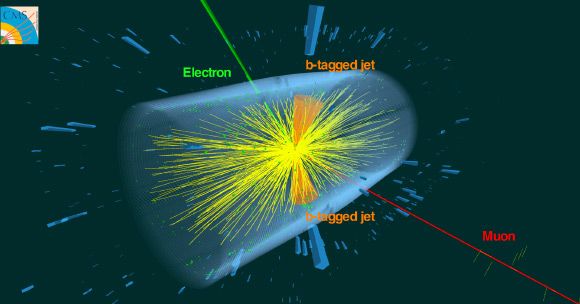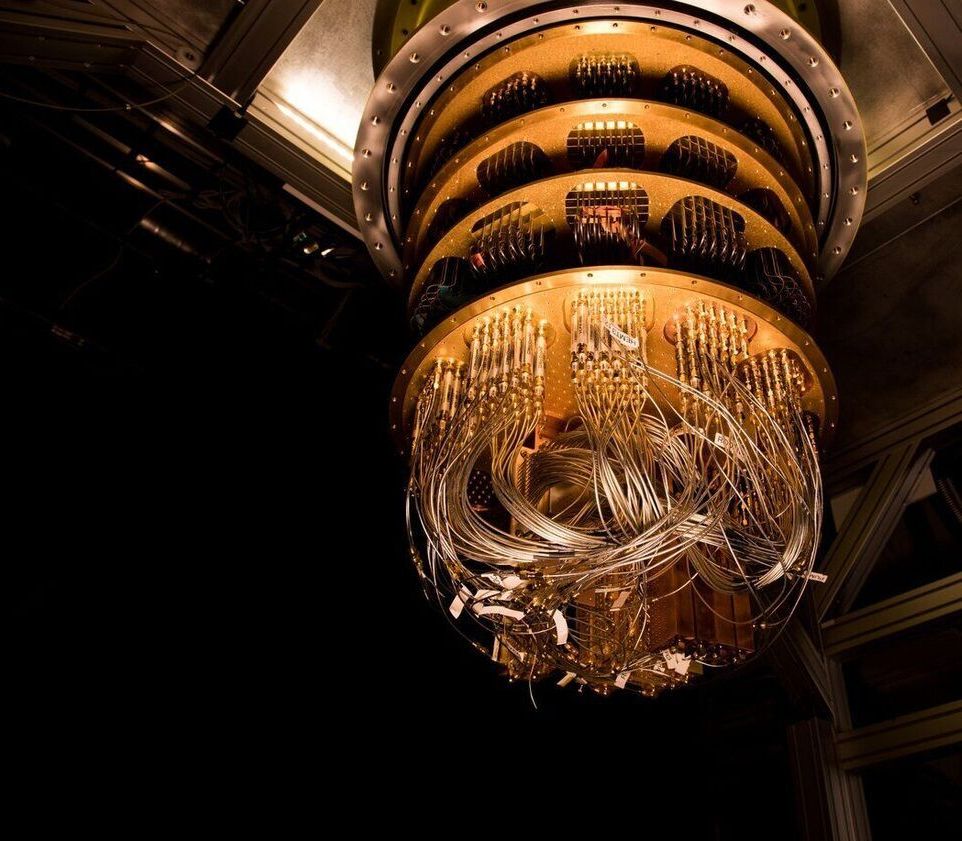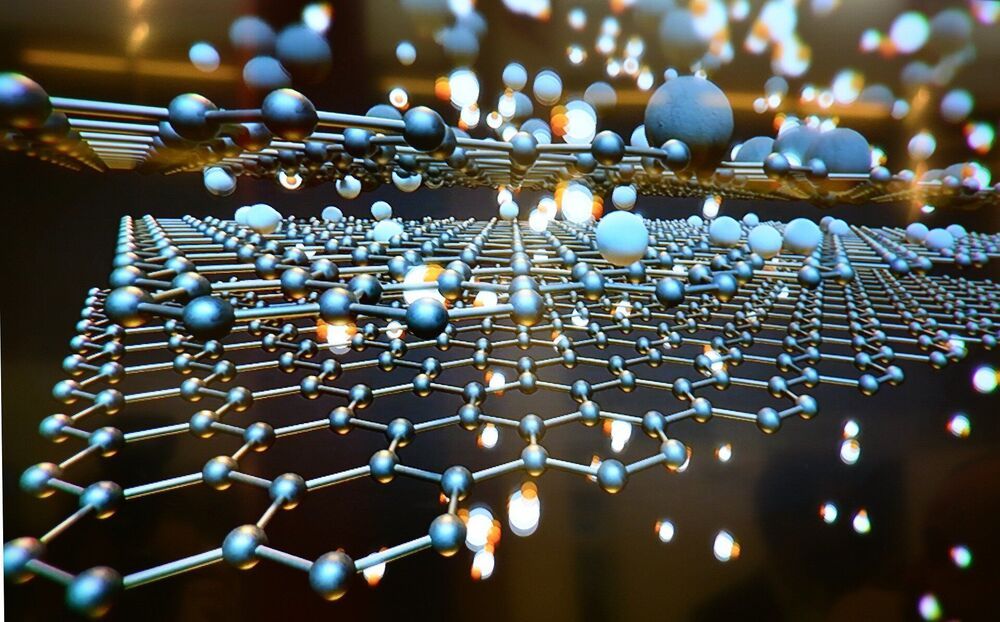Nov 19, 2020
Researchers have succeeded in directly observing the formation and interaction of highly ionized krypton plasma
Posted by Quinn Sena in categories: cosmology, particle physics
The last decade has been marked by a series of remarkable discoveries identifying how the universe is composed. It is understood that the mysterious substance dark matter makes up 85% of the matter in the universe. Observable matter in the universe consists of ionized particles. Thus, a profound understanding of ionized matter and its interaction with light, could lead to a deeper understanding of the relationships at play that formed the universe. While ionized matter, or plasma, is relatively easy to generate in the lab, studying it is extremely challenging as methods that can capture ionization states and density are virtually non-existant.
In a new paper published in Light Science & Application, a team of scientists has succeeded in directly observing the formation and interaction of highly ionized krypton plasma using femtosecond coherent ultraviolet light and a novel four-dimensional model.
